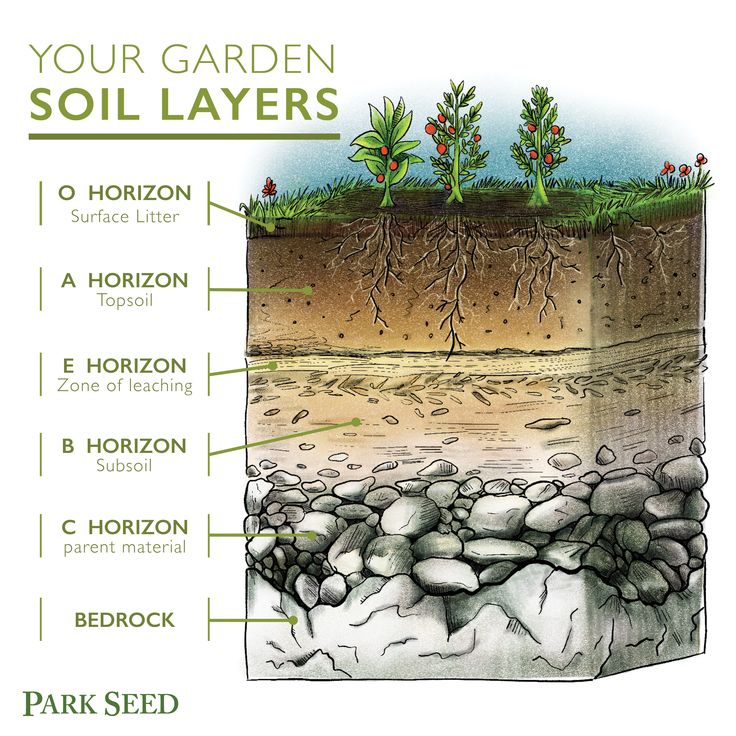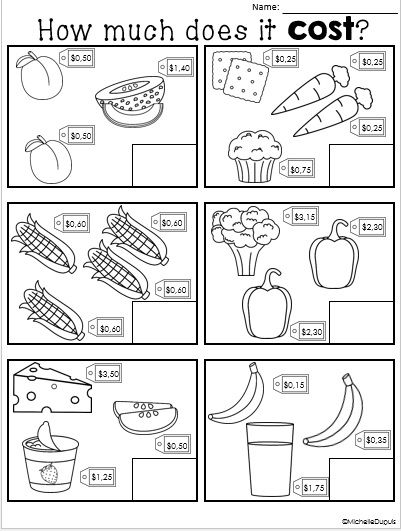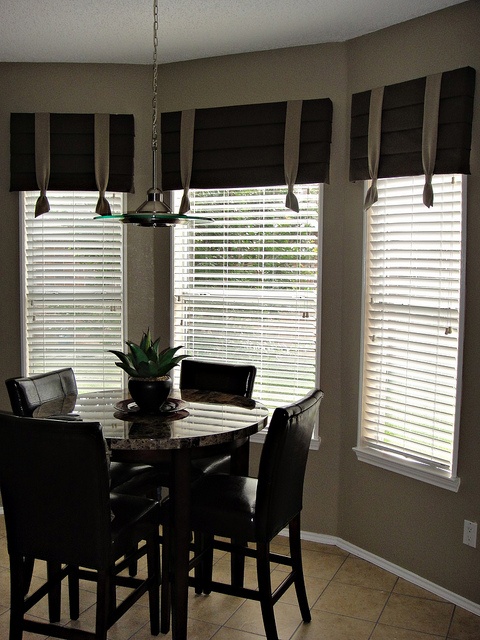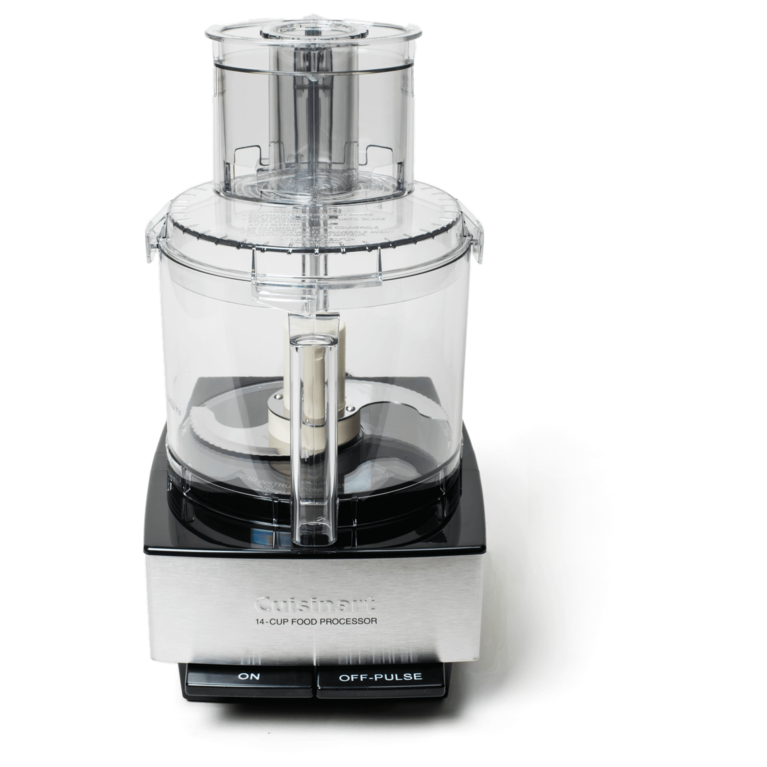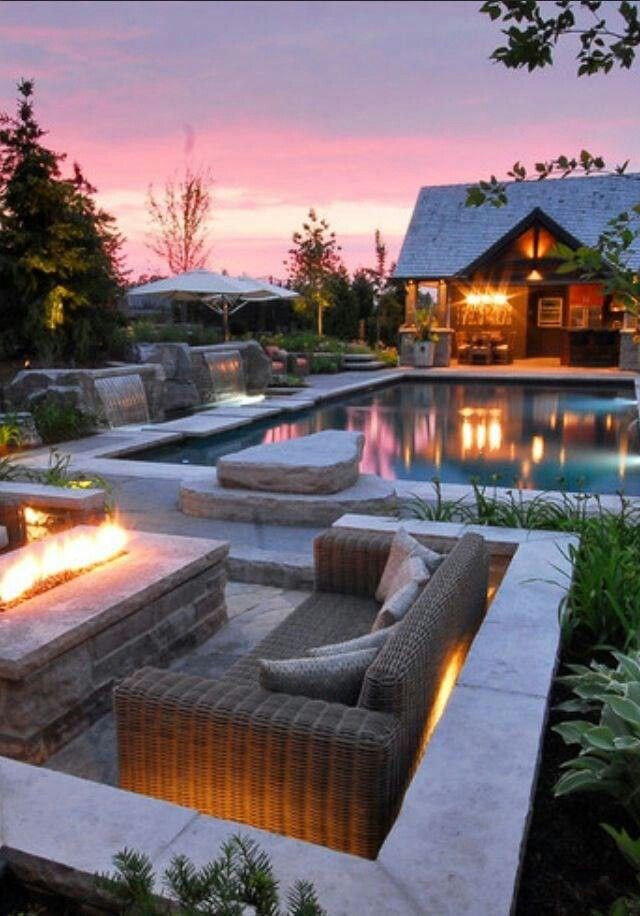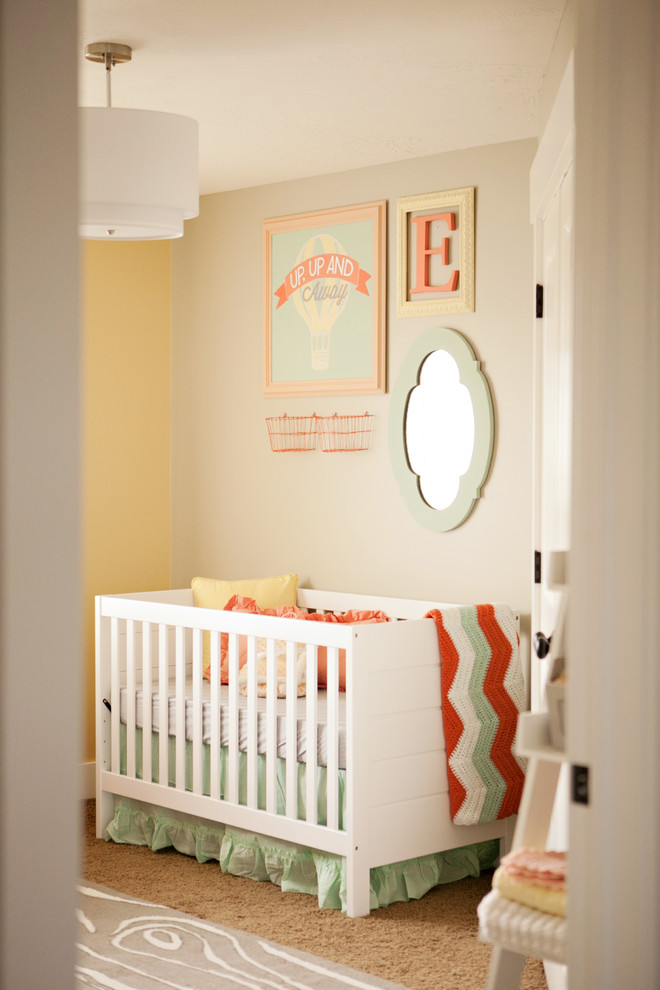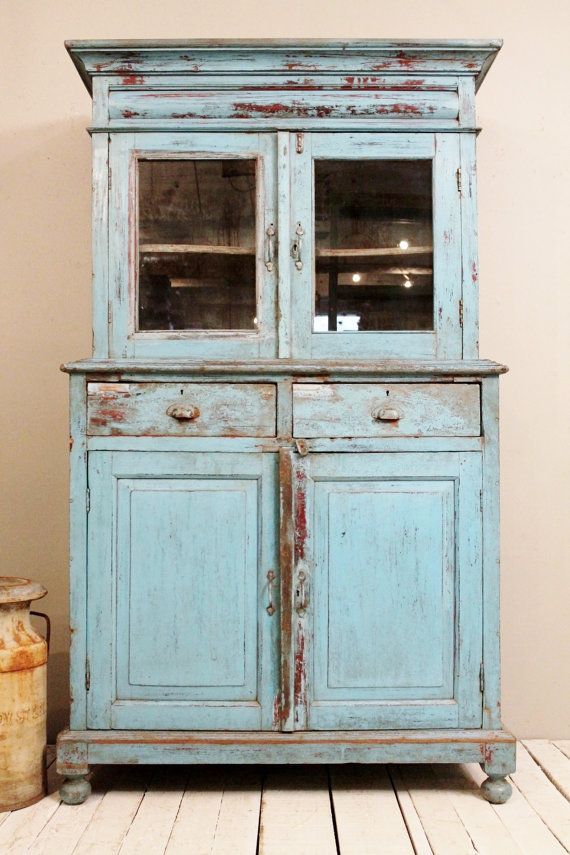Topsoil and seeding
Should I put topsoil over grass seed?
As springtime approaches many of us to start to think about our front lawn maintenance plans. It seems like our front lawn is often the one that we are most concerned about because of the curbside appearance of our home. With the thought of front lawn maintenance, you may be thinking about planting some grass seed. Having grass seed planted is usually one step that many think about when they are thinking about improving the quality of their grass. Especially when it comes to their front lawn, but the next question is often one that we think about and are not sure about asking. Many wonder, “should I put topsoil over the grass seed?” That is a wonderful question and one we know the answer to.
Having topsoil spread over the seeds after it has been planted may seem like a good idea, but let us let you why it is not. While the thought may cross your mind that it would protect the seed and help it germinate unfortunately grass seeds when sprouting are not easily able to push through the heavy earth material like topsoil. When placing topsoil over newly planted seed it will actually suffocate the grass seedlings and ultimately they never have the chance to even get started. There is a proper way to prepare the soil for planting grass. Preparing the soil with a seeding technique and aeration allows for the best protection and prevents from losing any seedlings.
When seeds sprout they have some unusual habits, they are a bit different than other seedlings that you may be used to working with. Many types of seeds are an oblong shape and are small. Unlink other types of seeds, grass seeds are not able to push their way through topsoil or earthy materials. They are very tiny and quite actually really sensitive in the germination stage. Even though they can not be covered with topsoil or earthy materials they can not be let exposed either. Grass seed loves a warm niche in the soil with moisture. If that can be achieved the seed will germinate and provide a wonderful lush lawn of grass. The only cool thing about grass seed is that it grows very rapidly.
Planting grass can also be tricky with getting the best location depth wise when it is planted. Grass seed is best planted at a depth of about ⅛ inch to ¼ inch below the surface. Dispersing the seeds with a spreader or by hand allows the seeds to make contact with the soil, but always make sure that the lawn has been treated and aerated before seeds are placed on the lawn. The aeration allows the soil to be broke up just enough that it gets below the surface but does not get covered with a thick layer of earthy materials. Ideally, aeration will create a shallow planting place for each one of the seedlings to germinate and thrive in. The rule of grass seed and making sure that it has not been overcovered is that you should be able to see about 10 % of the seed when it is in the earthy material. Seeing too much or too little of the seeds can indicate that the soil is not aerated enough or that it has been aerated too deeply. It typically takes about three weeks for grass seeds to sprout.
Along with planting grass, there are additional tasks that can be completed to protect and help the grass grow well. Many think that putting topsoil over the seeds would protect it, but in fact, that will actually suffocate the seedlings rather than doing any good. We suggest that straw, hay, or any other type of mulching material be used. Spreading a thin layer of about ¼ inch of this material will be able to protect the seeds from the common wind and even pests. It also helps to provide the soil with moisture retention. When moisture is maintained it allows the germination process to take place in a timely manner and allows the seedling to thrive. Adding straw, hay, and other mulching materials not only protect the seedlings and keeps the moisture after it degrades it adds nutrients to the soil that provides for some great establishment for the grass seeds. Water and adding a protective layer really does help it become the beautiful lawn that you are looking for.
Should I Mix Grass Seed With Topsoil?
Mixing grass seed with topsoil before putting it on your lawn can be a good way to save a step for some situations, particularly when spot-applying seed to patches or thinning areas, but it isn’t right for every method of seeding the yard. If you’re using a spreader over a large area, it’s best to just use pure seed for an even application.
This is because grass seeds need light to germinate, and applying seed mixed with topsoil may, if not carefully done, bury the seeds and result in less new grass growth than you were hoping for.
In This Article
- Why Do Seeds Need Light To Grow?
- Should I Put Topsoil Down Before Grass Seed?
- Apply Seeds To An Even Ground
- What Is The Best Soil To Mix With Grass Seed?
- Can You Use Garden Soil For Grass Seed?
- Make Sure There Are Enough Seeds In The Soil Mixture
- Benefits To Mixing Seed Into Soil
- Should I Mix Seed With Soil To Overseed?
Why Do Seeds Need Light To Grow?
Grass loves sunlight, even cool-season types that are used to shorter days with a fair amount of darkness.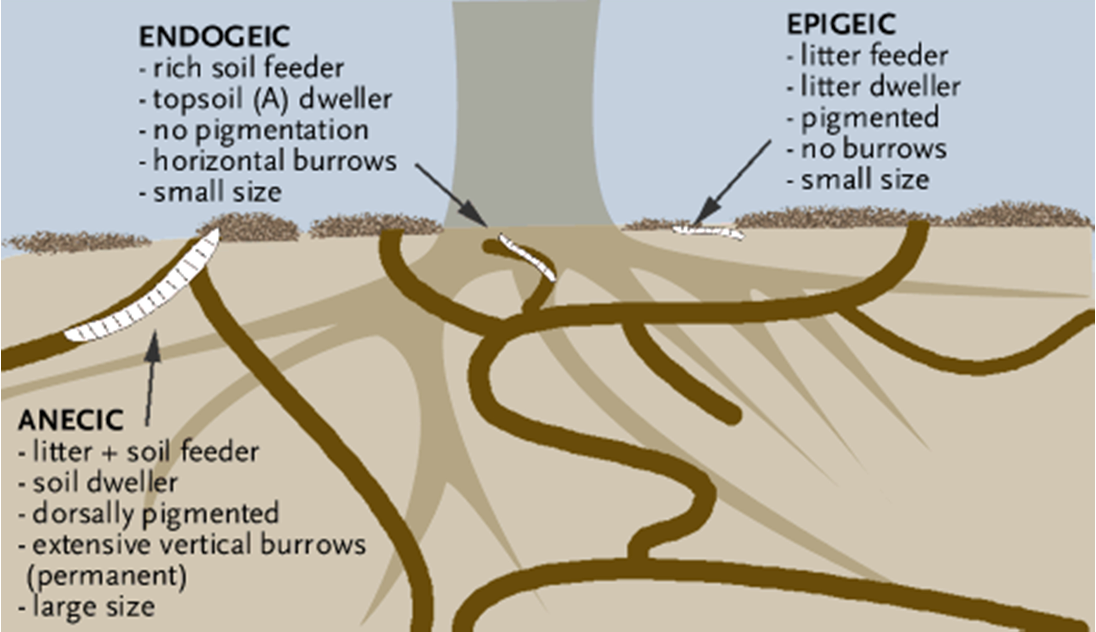 Grass seeds need light to germinate since it’s how they make energy. Fresh, dry grass seed contains nutrients and a grass embryo inside of the husk, and once the seed has absorbed enough water to open, sunlight will allow the seedling to perform photosynthesis, grow roots, and eventually sprout blades.
Grass seeds need light to germinate since it’s how they make energy. Fresh, dry grass seed contains nutrients and a grass embryo inside of the husk, and once the seed has absorbed enough water to open, sunlight will allow the seedling to perform photosynthesis, grow roots, and eventually sprout blades.
Should I Put Topsoil Down Before Grass Seed?
If you’re applying pure seed to the ground, a layer of topsoil should always be put down first rather than after. Some plant seeds like to be covered to germinate, but grass seeds need to be at surface level to sprout and grow.
Apply Seeds To An Even Ground
Whether you’re applying mixed or pure grass seed to the yard, the ground should be even, and the seeds should be laying on soil, not on top of grass or thatch. This is so roots can grow into the ground, which should be aerated so they won’t have to struggle through compacted soil.
A thinned-out or patchy area may need to be raked before putting down seed and might require some fresh soil for the seed to sit on. To be efficient in your reseeding project, you can apply a seed and soil mixture directly to a freshly leveled patch of ground.
To be efficient in your reseeding project, you can apply a seed and soil mixture directly to a freshly leveled patch of ground.
What Is The Best Soil To Mix With Grass Seed?
Grass seeds need a well-aerated and moist environment to sprout. Water saturates the seed, and as the seedling sprouts and grows, it requires a regular supply of water since it has no roots or blades yet to store moisture and nutrients. Most grass seed takes two to three weeks to sprout, then another two to three weeks to grow. During this time, the topsoil should be consistently moist and nutrient-rich to support healthy grass establishment.
The best soil to mix with grass seed should be moisture-retaining and rich in organic material or humus. Soil with too much coarse material, like sand or mulch, will drain quickly and may lead to the seeds drying out. The soil should have space for air, however, so the roots will get enough oxygen and be able to stretch into the ground. Topsoil made with compost and other kinds of humus will give the seeds the support, moisture, and nutrients it needs at the critical stage of initial growth.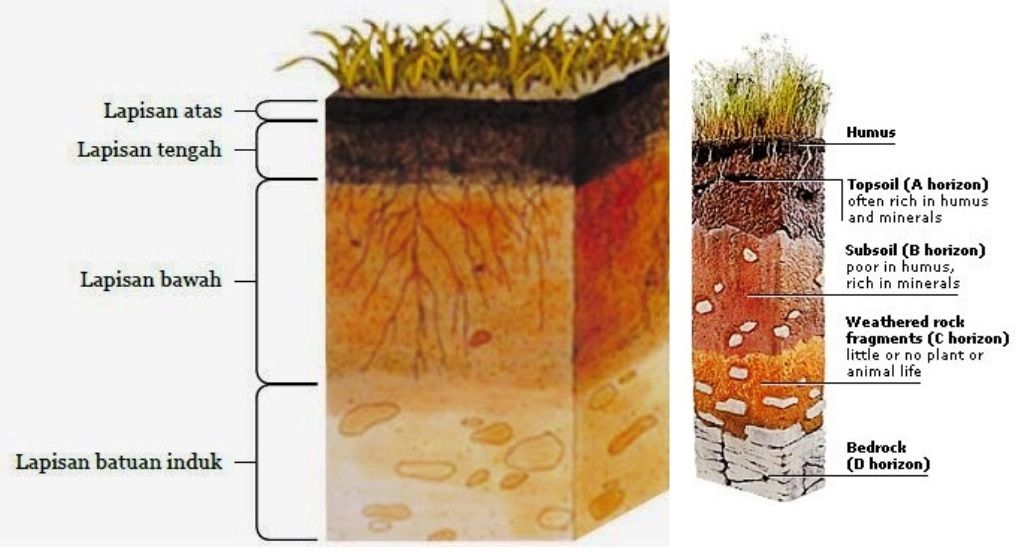
Can You Use Garden Soil For Grass Seed?
Garden soil is a great choice to mix with grass seed. It is rich in nutrients from compost and special formulas that provide a balanced amount of vitamins and minerals directly to the growing plant. Potting and garden soils are made with materials that hold moisture, creating a supportive environment for grass growth.
Make Sure There Are Enough Seeds In The Soil Mixture
The main challenge of mixing seeds into soil is making sure there are just enough seeds and soil for them to not get lost or buried. The soil mixture should look as full of seeds as you would expect the ground to look from an application. The mixture should be applied at a thickness of about 1/4 to 1/2 inch. This way, the seeds will be embedded in the soil but exposed to the air and light. Be sure to pat the soil down, but don’t compact it too much.
Benefits To Mixing Seed Into Soil
When you mix seed into soil for patch applications, other than saving time, there are a few benefits to your lawn:
- Avoids applying too much seed at once – By mixing seed into the topsoil before putting it down, you’re in control of how much seed gets put in.
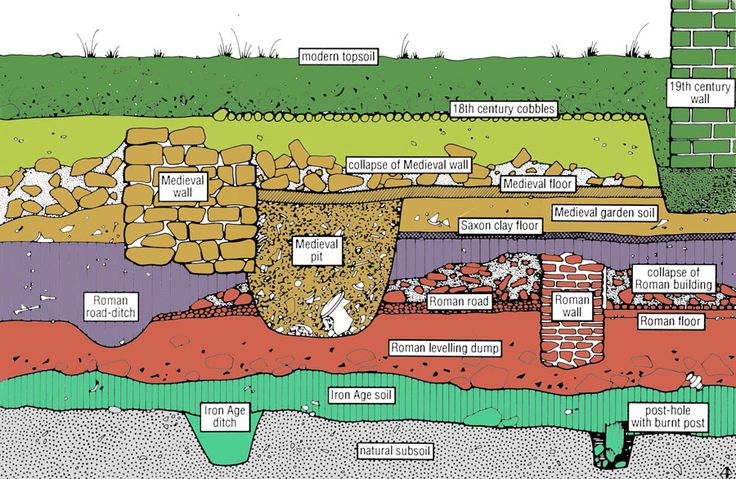 When spot-seeding patches or thinning areas with pure seed, they might get applied unevenly or too generously. An even mix will ensure a consistent application.
When spot-seeding patches or thinning areas with pure seed, they might get applied unevenly or too generously. An even mix will ensure a consistent application. - Easy to move around – Mixing seed and soil in a wheelbarrow or a bucket helps you carry around the mixture from spot to spot, rather than carrying soil, seed, and fertilizer in shifts. This can be a big time saver!
- You can add what you like – When you mix the topsoil and seeds yourself, you choose the soil and any additives that might help your yard. Doctoring your soil with a little compost, clay (for drier soils), peat moss (for drier soils), or sand (for wetter soils) can help your seeds grow in the most supportive conditions.
- Adds soil content to the yard – When you apply topsoil or compost with grass seed, you’re adding bulk to your yard. Rain, wind, and plant growth will deplete the soil, so regularly adding new topsoil or topdressing will keep your turf in place and growing strong.
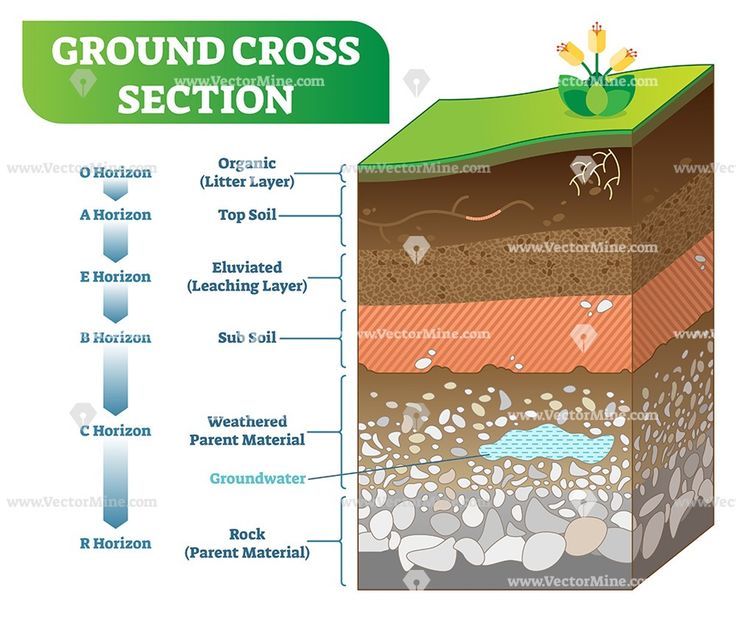
Should I Mix Seed With Soil To Overseed?
Mixing seed into soil when overseeding won’t hurt, but it isn’t necessary. The additional soil will add bulk to your turf, but it will disburse with the seeds, and too much extra soil can cover the existing grass blades. Similarly, the soil may add extra cover to the seeds, which will be receiving some shade already from the grass.
Any added fertilizer to the mixture may encourage the existing grass to grow, which may cast more shade on the seeds and prevent proper germination.
What is topsoil and what are its benefits?
Contents of the page
- 1 What is topsoil?
- 2 When adding the upper soil layer can be beneficial to your garden
- 3 Types of the upper soil layer
- 4 Clay
- 5 il
- 6 Sand
- 7 loam
- 8 chamal 9000 9000 9000 9000 9000
- than the upper layer than the upper layer soil different from garden or potting soil?
- 11 How to apply topsoil
The topsoil is where nutrients are delivered to plants, where water is absorbed, where sunlight helps the growth process, and where wildlife and microorganisms interact with the plant in a variety of ways. In short, this is where the “magic” happens. In areas where weather conditions or deforestation have caused the topsoil to be depleted, this can adversely affect agriculture, leading to food shortages, wildlife starvation and other catastrophic consequences.
In short, this is where the “magic” happens. In areas where weather conditions or deforestation have caused the topsoil to be depleted, this can adversely affect agriculture, leading to food shortages, wildlife starvation and other catastrophic consequences.
What is topsoil?
Technically, topsoil simply means the layer of soil in any garden, yard, or field. It usually refers to a depth of 5 to 20 centimeters down. Topsoil is the most productive and important area of garden soil.
When adding topsoil can benefit your garden
If you're lucky enough to have perfect topsoil, you'll probably be the envy of everyone in your neighborhood (or at least your gardening neighbors). But generally speaking, for most soils it is sometimes beneficial to add topsoil. The topsoil can be eroded during the rainy season or moved during construction work. Its nutrients can be depleted from too many weeds, excessive foot traffic, or exposure to foreign matter.
You may have heard of crop rotation: this practice is designed to conserve topsoil and prevent soil erosion or nutrient depletion by changing the types of plants or crops grown each season.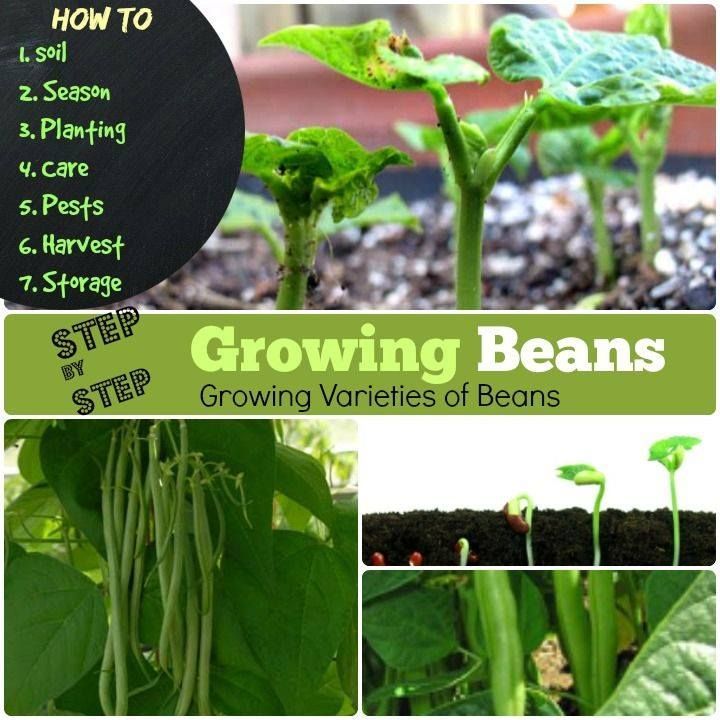 For vegetable gardens, most gardeners like to add 2-5 centimeters of fresh topsoil each year. If your flower or vegetable garden tends to dry out or is exposed to acidic organic matter (such as pine needles), adding fresh topsoil will improve soil composition and raise soil pH to neutral. To ensure optimal growing conditions, replenish the topsoil as needed. Adding topsoil can improve drainage, enrich the soil with nutrients, and improve soil texture, making planting and weeding much easier.
For vegetable gardens, most gardeners like to add 2-5 centimeters of fresh topsoil each year. If your flower or vegetable garden tends to dry out or is exposed to acidic organic matter (such as pine needles), adding fresh topsoil will improve soil composition and raise soil pH to neutral. To ensure optimal growing conditions, replenish the topsoil as needed. Adding topsoil can improve drainage, enrich the soil with nutrients, and improve soil texture, making planting and weeding much easier.
Topsoil types
Topsoil is generally described in terms of its texture and composition, which are influenced by natural minerals and materials found in the soil. Often the topsoil reflects the geological nature of its location. Soil types are also categorized based on the size of the particles they contain, which are directly related to their texture. There are six main types of topsoil.
This is a heavy soil that remains wet and cold in winter but tends to dry out in summer. Some clay soils are so thick that they are actually used to make pottery. Clay soils often lack proper aeration and drainage. They can easily compact and are difficult to bury. Usually clay soil needs to be amended to make it suitable for gardening, but some vigorous plants do well in it.
Some clay soils are so thick that they are actually used to make pottery. Clay soils often lack proper aeration and drainage. They can easily compact and are difficult to bury. Usually clay soil needs to be amended to make it suitable for gardening, but some vigorous plants do well in it.
Il
Silt is fine-grained soil. It is usually light in color and retains moisture quite well. It usually has a neutral pH and is quite rich in nutrients.
Sand
Light sandy primer. It is usually low in nutrients and is light. It can be helpful to mix sandy soil with other heavier soils to get a good texture, but sandy soil itself can be easily washed away or blown away by the wind, and erosion is a problem.
Loam is a medium textured mixture of sand, silt and clay. It is a desirable soil, often rich in organic matter, with good planting texture and good drainage. It is dark in color and retains its shape when compressed. Loams are usually mostly sandy or clayey.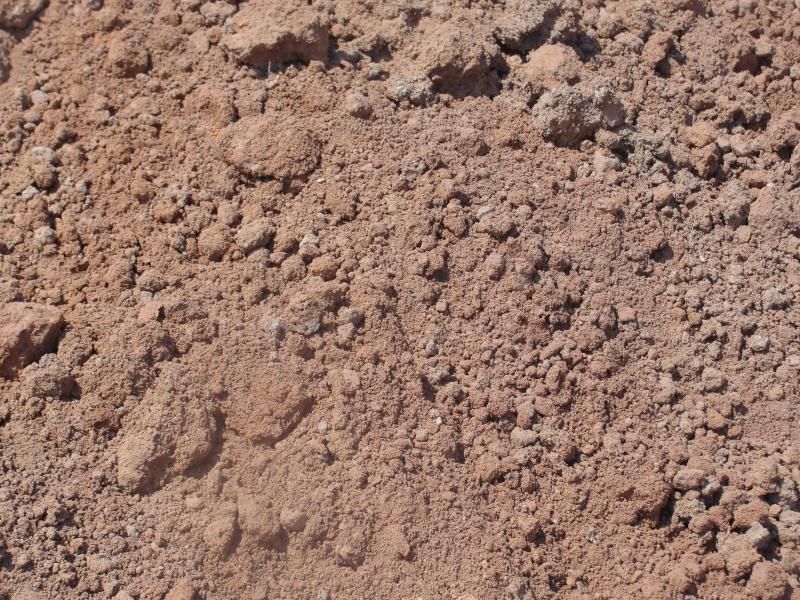
Chalk
Chalky soil is light in color, porous, and contains large amounts of limestone or calcium carbonate, making it very alkaline.
Peat
Peat is light and contains organic matter. Has excellent drainage. Peat soils do not naturally occur in many places, so peat is often harvested and exported for use in soil additives and mixtures to improve the texture and drainage of garden soil.
How is topsoil different from garden soil or potting soil?
Generally, the topsoil is much heavier than potting soil. Soils sold commercially as garden or potting soils often contain materials that make them light and fluffy, such as vermiculite or peat moss. When mixed, they can help lighten clay soils; and they are useful for growing plants in containers. Some garden soils have additional organic matter added to provide nutrients to food crops and flowers. Pot soils do not hold well on their own in the garden because they are too light to retain moisture effectively.
How to apply topsoil
Topsoil can be purchased in a variety of ways. For larger quantities, buying in bulk can be a good and economical option. Some topsoil sold in bulk will have compost added to it. Or you can buy it in bags.
You can apply topsoil at any time, but most gardeners prefer to add topsoil in the spring before planting. It can also be added in the fall as a top dressing that will allow nutrients to penetrate the soil. You can add topsoil to plantings by adding to holes where bushes are planted. You can apply a layer to the garden before or after planting.
If the soil you buy is somewhat cloddy, you can mix it up in a wheelbarrow or on a tarp before spreading it in the garden. You can also add your own amendments ahead of time, such as peat moss, compost, manure, or other organic matter. Stir with a small spatula or spatula. You can spread the soil by pouring it from containers or using a shovel and then leveling it with a rake. Lightly spraying the topsoil layer with water after you've sprayed it will help secure it in place.
0 0 votes
Article rating
Share on social networks
Author: Gardener
337
The top layer of the earth's surface - AgroPerspektiva
The top layer of the earth's surface is soil. Its formation took more than one million years. It is made up of many components. The solid part is represented by organic compounds and minerals. These are sand, clay and silt. The water part of the soil cover is represented by water containing dissolved compounds. The third component is the air part. It is represented by compounds of gases such as oxygen, carbon dioxide, methane. They fill voids where there is no water.
The ratio of its mineral components influences the chemical composition of the soil. The ratio of macro and micro compounds determines the fertility of the soil cover.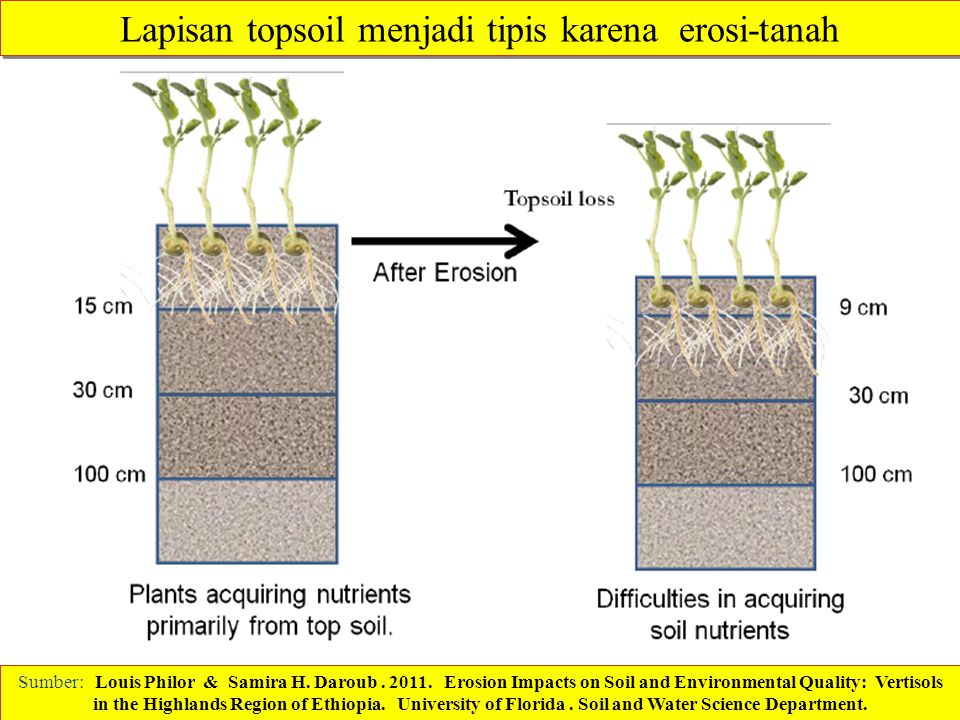 The composition of the soil layer is constantly changing. Many factors affect this indicator (season, climatic conditions, relief features, nature of parent rocks, flora and fauna, human activities).
The composition of the soil layer is constantly changing. Many factors affect this indicator (season, climatic conditions, relief features, nature of parent rocks, flora and fauna, human activities).
In the process of transformation, the soil layers are stratified and form horizons. Allocate: The top layer is turf. The next layer is the humus horizon. It contains organic compounds, and has the maximum impact on soil fertility. Humus compounds are components of plant nutrition and form a fertile layer. So, for example, in coniferous forests, a podzolic type of soil is most often found. It is characterized by flushing mode. Next is the parent rock. This layer of soil cover is least involved in the life of agricultural plants. The formation of various natural zones is greatly influenced by the mechanical composition of mail, flora and fauna, climatic conditions, relief and many other factors.
Several soil complexes are distinguished on the territory of Ukraine: 1) Ukrainian woodlands are mixed forests. They occupy 19% of the soil area of the state. Forests are coniferous or mixed. A large amount of land has been set aside for agricultural purposes.
They occupy 19% of the soil area of the state. Forests are coniferous or mixed. A large amount of land has been set aside for agricultural purposes.
2) The largest part of the territory of Ukraine is occupied by the forest-steppe zone. These are the central, western and eastern parts. More than 30% of territories. Precipitation is much less than in the first zone. The rest of the plots are agricultural soils. The soil cover is formed by chernozems.
3) The third zone is the steppe. It occupies about 40% of all lands of Ukraine. It is located on vast territories, reaching the Black and Azov Seas. The steppe zone occupies about 40% of the country's territory. Its borders reach the Crimean mountains, the coast of the Black and Azov seas. The soil layer is represented by chestnut soils, solonchaks and chernozems. Precipitation is much less than in the first zone. The southern coast of Crimea belongs to the subtropical climate zone.
Human activities have a significant impact on the formation of soil cover.